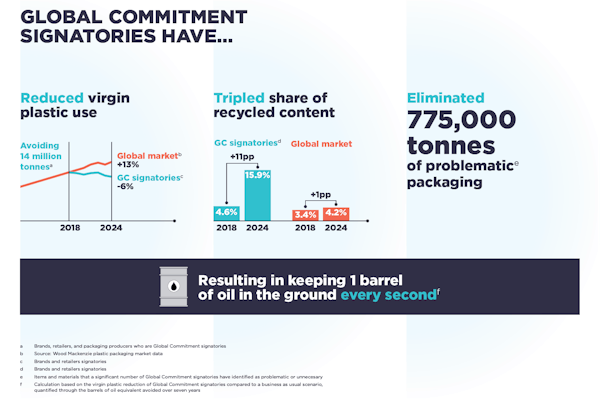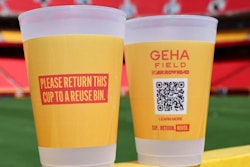While producers strive for user satisfaction, the sales are typically tracked by cases (or hundreds of cases) sold to retail outlets, while returns most often wind up back in the retail store. Information that could improve the customer experience and the package’s delivery of it is often lost in the shuffle unless customers are interviewed directly.
But the playing field is changing. DTC (Direct to Customer) retail of these same items is beginning in earnest, and it may grow explosively for some types of items. Online shopping has turned retail inside out, and old-school bricks and mortar operations and new E-businesses alike are trying to track the rapidly accelerating changes. Even web ordering has been bypassed; Amazon’s innovative “Dash” push-button ordering system for single items and voice-recognition Echo are available to order at will. The stores are coming to the consumer rather than the other way around.
Once that order is on its way, the highly optimized distribution, inventory, and re-ordering system that has driven big-box retailers to success (and traditional stores to either adapt or quit) only goes as far as the very efficient delivery services that carry them. At the final distribution point—“the final mile”—things begin to get very much more uncertain. The First Moment of Truth (FMOT) has turned into the Zero Moment of Truth (ZMOT) where the customer purchases based on web presence rather than shelf presence. If it doesn’t work out at the Physical Moment of Truth (PMOT)—when the customer unpacks the physical product—the world knows about it in nanoseconds, and it’s often the package’s fault.
In an era where distributors like Amazon and Staples are moving to on-demand custom-shipper production in their own facilities, and are using a much broader range of distribution carriers, how do you manage transportation risk? If it arrives broken, it’s the package’s fault, and the package has the online store’s name on it.
Modeling of this kind of uncertainty and risk ahead of time, even as an academic exercise at the supercomputer level, can be messy. But you have an analytic tool: shipper feedback. Winnowing out the problems caused by customers, final-mile transport (from the distribution shipper to the final delivery, often hand carried from the delivery truck), or the distribution channel can be hard to do. But there is potential in both shipping data and correlation with the mode of shipping and the packaging used. The data just has to be divulged and used. Too often it isn’t. The product is simply noted as defective, and in the case of very small items, isn’t even returned.
Logistics operations may likely find it easier to harvest and segregate data about “hot spots,” including problem customers, carriers who break things, and areas where shipments are regularly reported stolen. Distributors and retailers have data about what was ordered and how it was packaged. Integrate and use this data to adapt the Good ZMOT to a Great PMOT while reducing overpackaging. Great PMOT brings good reviews and increased sales while improving the reputation of the product—though the package will likely not get credit.
Scott A. Morris ([email protected]) is the director of the packaging program at U. of I. Urbana-Champaign.

























